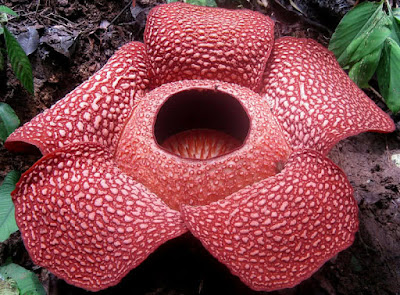Digestion
The phenolic compounds in ginger are known to help relieve gastrointestinal (GI) irritation, stimulate saliva and bile production, and suppress gastric contractions as food and fluids move through the GI tract.
Nausea
Chewing raw ginger or drinking ginger tea is a common home remedy for nausea during cancer treatment.
Taking ginger for motion sickness seems to reduce feelings of nausea, but it does not appear to prevent vomiting.
Ginger is safe to use during pregnancy, to relieve nausea. It is available in the form of ginger lozenges or candies.
Cold and flu relief
During cold weather, drinking ginger tea is good way to keep warm. It is diaphoretic, which means that it promotes sweating, working to warm the body from within.
To make ginger tea at home, slice 20 to 40 grams (g) of fresh ginger and steep it in a cup of hot water. Adding a slice of lemon or a drop of honey adds flavor and additional benefits, including vitamin C and antibacterial properties.
Ginger May Reduce Muscle Pain and Soreness
Ginger has been shown to be effective against exercise-induced muscle pain.
In one study, consuming 2 grams of ginger per day, for 11 days, significantly reduced muscle pain in people performing elbow exercises (7).
Ginger does not have an immediate impact, but may be effective at reducing the day-to-day progression of muscle pain (8).
Sources
https://www.medicalnewstoday.com/articles/265990.php
https://www.healthline.com/nutrition/11-proven-benefits-of-ginger#section2
The phenolic compounds in ginger are known to help relieve gastrointestinal (GI) irritation, stimulate saliva and bile production, and suppress gastric contractions as food and fluids move through the GI tract.
Nausea
Chewing raw ginger or drinking ginger tea is a common home remedy for nausea during cancer treatment.
Taking ginger for motion sickness seems to reduce feelings of nausea, but it does not appear to prevent vomiting.
Ginger is safe to use during pregnancy, to relieve nausea. It is available in the form of ginger lozenges or candies.
Cold and flu relief
During cold weather, drinking ginger tea is good way to keep warm. It is diaphoretic, which means that it promotes sweating, working to warm the body from within.
To make ginger tea at home, slice 20 to 40 grams (g) of fresh ginger and steep it in a cup of hot water. Adding a slice of lemon or a drop of honey adds flavor and additional benefits, including vitamin C and antibacterial properties.
Ginger May Reduce Muscle Pain and Soreness
Ginger has been shown to be effective against exercise-induced muscle pain.
In one study, consuming 2 grams of ginger per day, for 11 days, significantly reduced muscle pain in people performing elbow exercises (7).
Ginger does not have an immediate impact, but may be effective at reducing the day-to-day progression of muscle pain (8).
Sources
https://www.medicalnewstoday.com/articles/265990.php
https://www.healthline.com/nutrition/11-proven-benefits-of-ginger#section2


















































